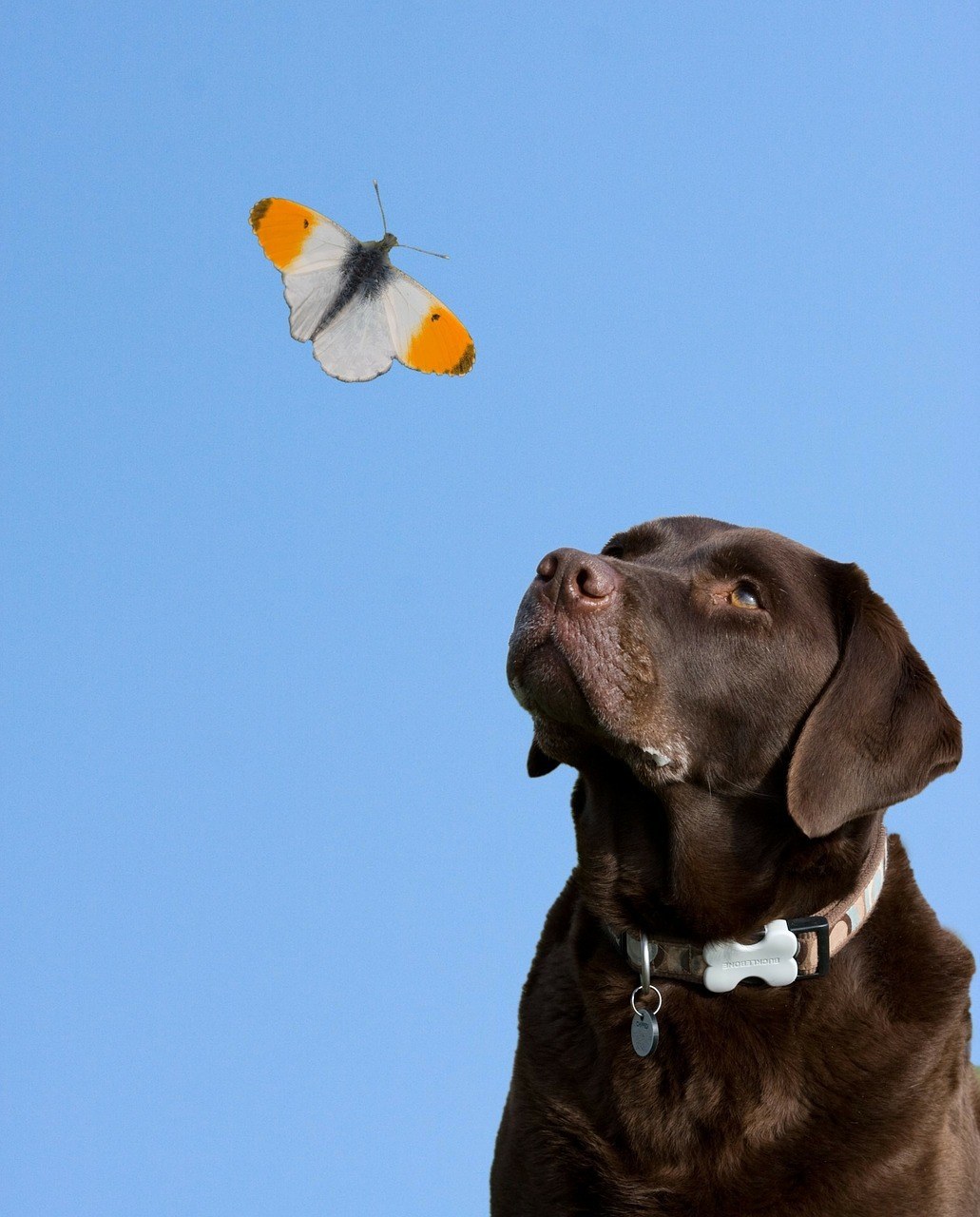
There are so many things that our beloved Labradors can get into that we will never know about. When these get into cracks in the pads of the foot, or dig in and attack the skin, or even set up an inhalant (atopic) allergic reaction, they can drive your Lab insane with itching and stinging.
Labradors are notoriously sensitive to the environment, especially since they typically spend a lot of time outdoors, and this sensitivity manifests in itching, hot spots, foot licking/chewing, dandruff and bad skin odor, and even hair loss. Most veterinarians will say that the most common skin problem in Labrador Retrievers is atopic dermatitis, which means that the dog is allergic to something he inhaled. This is also the most difficult diagnosis to pin down, and virtually impossible to treat with conventional methods.
Remember that an allergy is a reaction to an allergen.
To treat an allergy, the thing that is causing the allergic response must be removed from the dog’s environment. The result of an allergic response is often a failure of the immune system to protect the dog from infection, whether bacterial, fungal or yeast, and any skin infection must be treated with a topical application that eliminates this infection. Cortisone, prednisone or other steroids only address the symptoms, not the underlying infection, and steroids will always make the situation worse. Long-term use must be avoided.
The most effective treatment for any skin problem is prevention, and early detection is the key. Any time a dog scratches himself, there’s a reason, and it’s up to you to investigate. It can be something as simple as his collar bothering him, or as ominous as the beginnings of a serious allergic response to something. Whenever a dog scratches, his nails can open the protective barrier of the skin and allow an infection to take hold. Whatever the cause, this is the time to nip it in the bud. Here are some things you can do at home to avoid a lifetime of very expensive vet bills.
First, check your Lab carefully in and around the areas he’s scratching. Then ask your dog’s permission to check his underbelly. Turn him on his back and begin your inspection at the genitals and the area where the rear legs join the body. The skin here should be almost white, depending on the color of the dog overall. It should look clean and pure, maybe even very slightly pink. Then check his legs at the joints for any irritations or hot spots forming. From there, turn him over and check his rump area near the tail, and work your way forward on the dog, combing the hair aside and looking closely at the skin underneath.
Regardless of the source of the infection or irritation, here are some early signs of trouble:
- There should be no red or rusty or black dots on the skin. These look like tiny pinpricks or blackheads, but are flat or flush with the skin. This may even look just like dirty skin. This first appears in the groin area, usually near the genitals. If you see this, you’ve already got a problem.
- Now check for black specks that look like pepper or small poppy seeds. These are tiny grains that are left behind by fleas. Flea “dirt” is actually excess blood (from your dog) consumed by the adult flea, passed as feces. If you see this, you must take immediate action to de-flea your dog and your house, and probably your car.
- Does your dog have “dandruff”? Crustiness or flakiness on the rump area is an early sign of skin disease. Dogs, like people, do not have excessive flakes if their skin is healthy. Correcting this problem also reduces people’s allergic responses to your dog’s dander.
- Look for any rash or red spot(s) or raw places. These are irritating to your pet and will likely get worse.
- Watch for thinning of hair or bare spots. On the back, near the tail, thinning is usually accompanied by crusty flakes, and can remain hidden for a long time if the dog is not groomed regularly. If you see bare patches on your dog’s sides, this could be a condition known as bilateral alopecia, and you should visit your vet right away.
- Look for scratches, scabs, other superficial wounds. Keeping an infection out at the discovery stage is the most effective way to treat it.

About the Author
Dr. Ritchie is the creator of a breakthrough line of organic and all natural skin care products for animals. Her products contain no cortisone, prednisone or steroids of any kind, and they eliminate skin disease fast, guaranteed. DERMagic is headquartered in Bellevue, Washington, and you can visit their website at www.DERMagic.com for further information.
